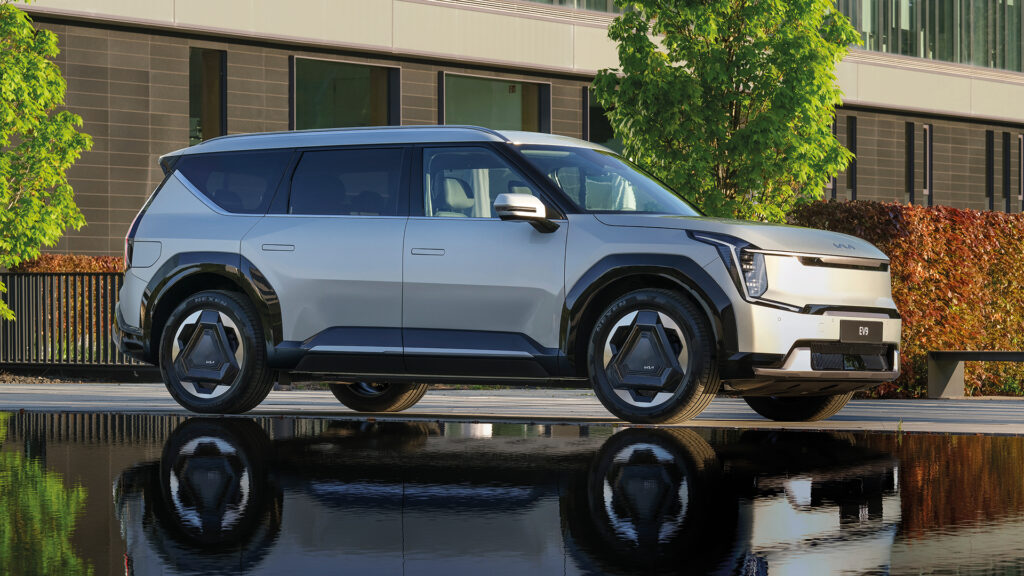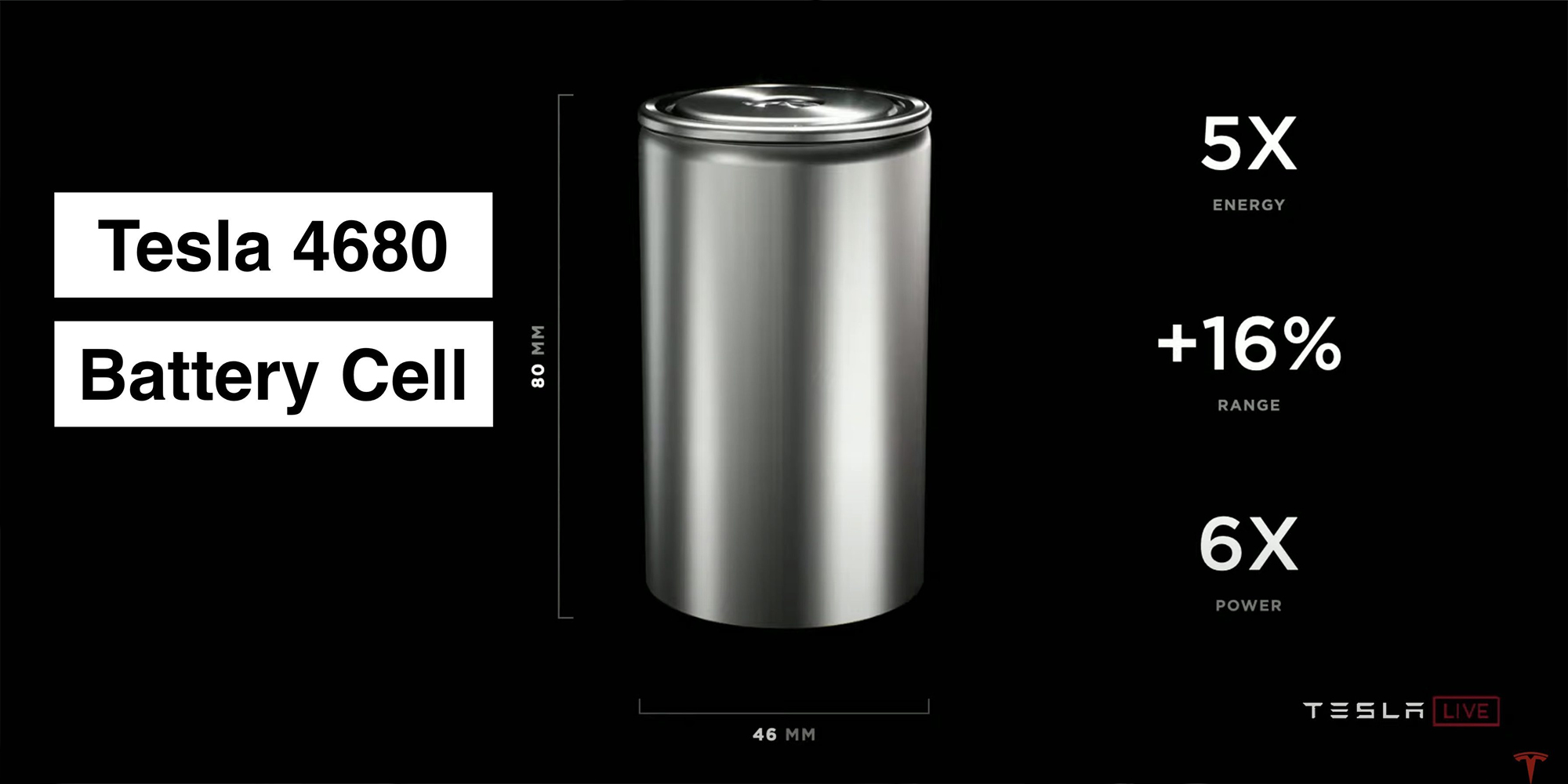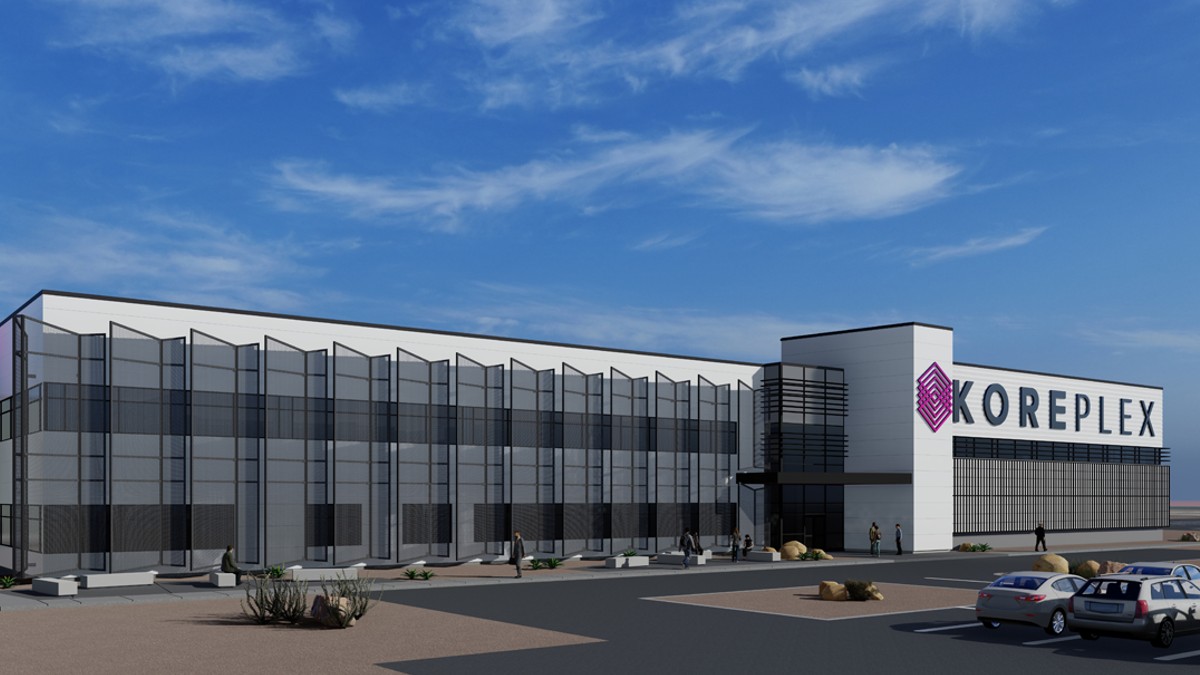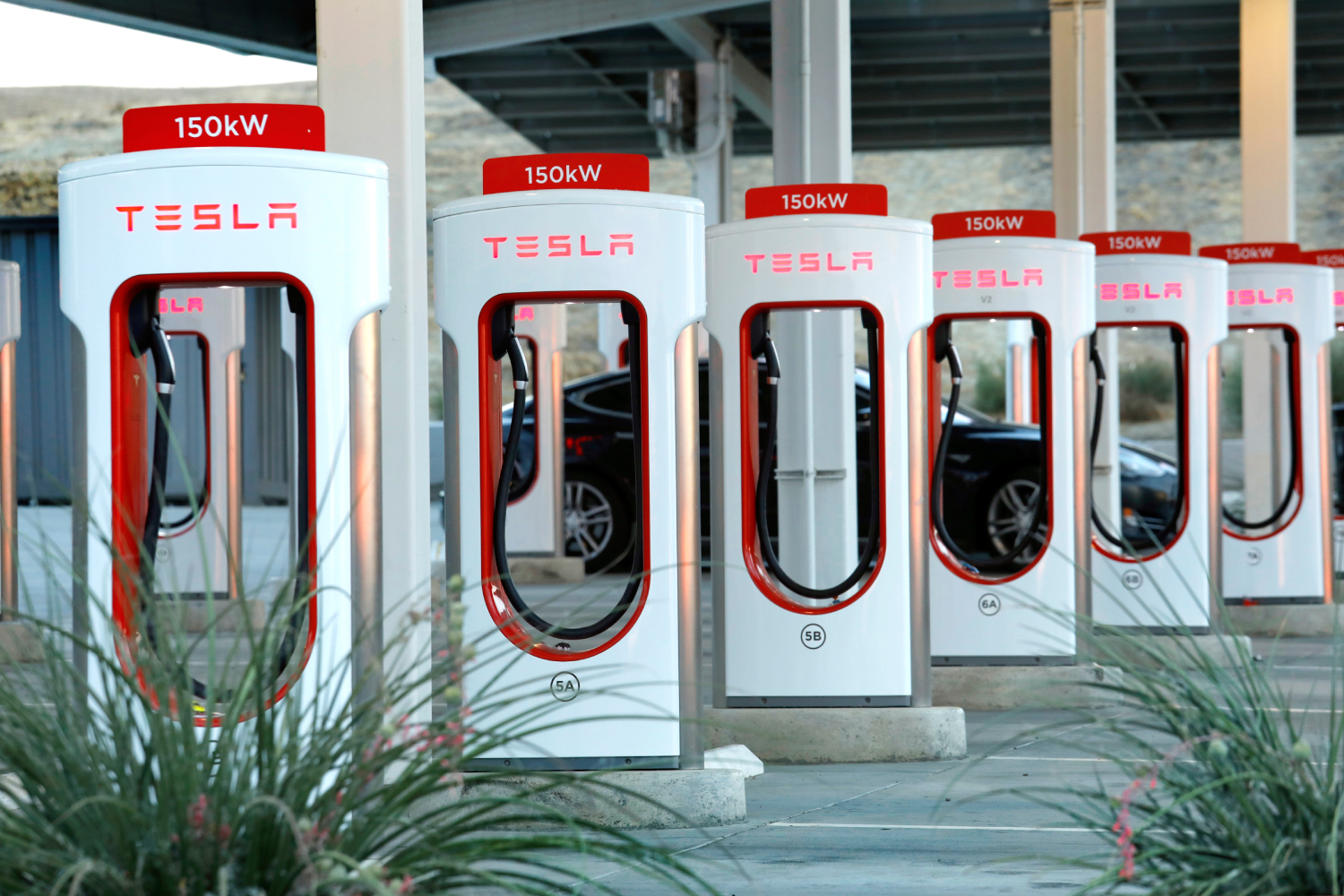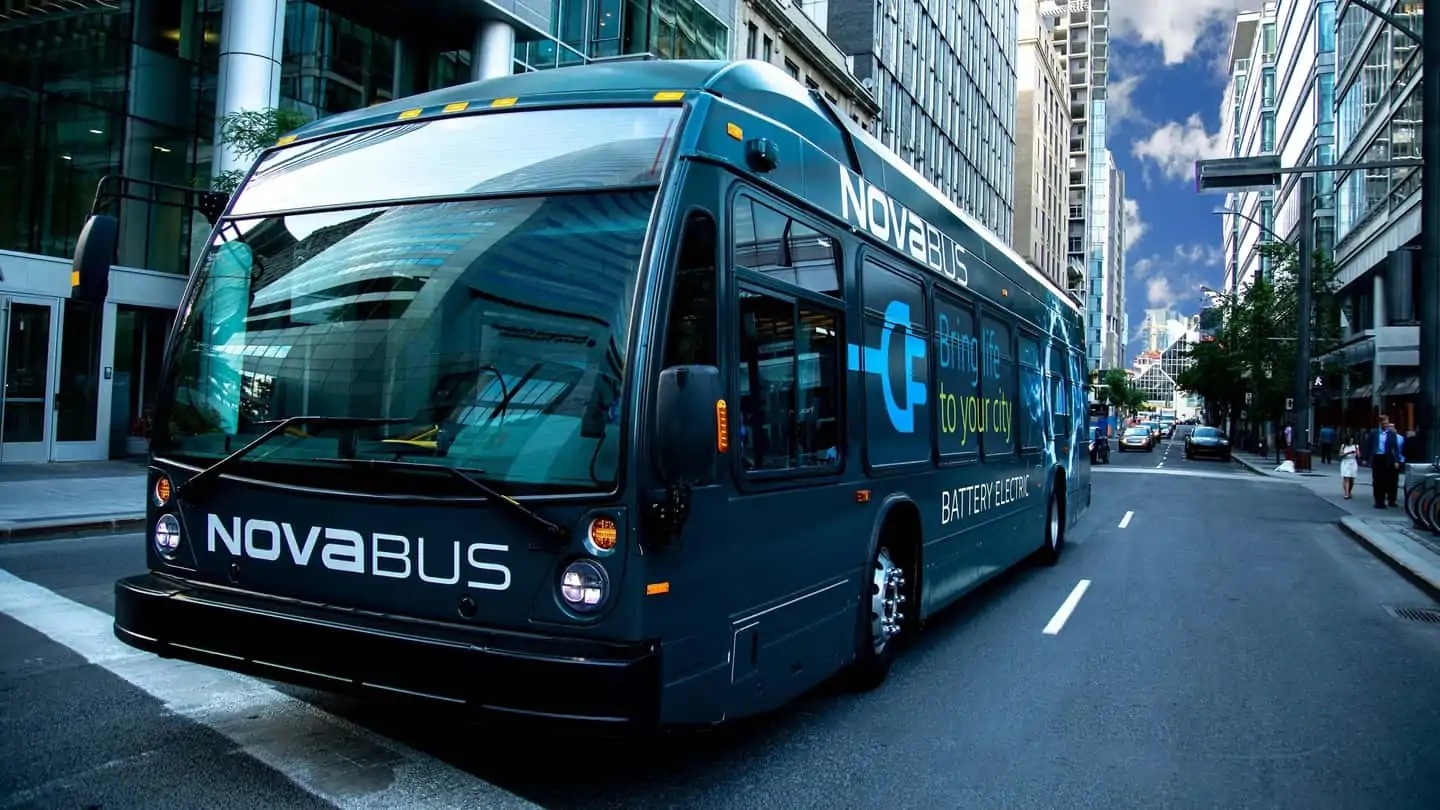Internal documents leaked from Tesla have revealed that the development program for the highly anticipated Cybertruck has been grappling with fundamental engineering issues that plague all new vehicles. Engineers involved in the program have disclosed that while some aspects of the development are simply delayed, certain flaws appear to have no clear solution.
The leaked data, which recently made its way to the media, initially garnered attention for highlighting problems faced by drivers utilizing Tesla’s advanced driver assistance systems. However, the documents also shed light on the significant difficulties the automaker is facing in the development of the Cybertruck.
Andy Palmer, a seasoned industry veteran with over four decades of experience in the automotive sector, including roles as the former COO of Nissan and CEO of Aston Martin Lagonda, commented on the situation. He acknowledged that as an alpha-stage vehicle, some deviation from targets is expected, but he expressed surprise at the frankness of the report and the company’s lag in crucial development areas.
The leaked documents pointed out various concerns related to noise, vibration, and harshness (NVH), handling, low-speed maneuverability, body roll, and more. For instance, the “strafe mode,” a notable feature enabling crab walking, was deemed to have “only basic functionality” in the 2022 document.
Palmer expressed particular worry regarding the braking system, as Tesla’s self-assessment rated it as “poor” according to the Society of Automotive Engineers rating scale. The report indicated ongoing development of the pedal pressure pad, resulting in drivers experiencing issues such as excessive pedal travel, inconsistent stopping, excessive pitch during friction braking, instability during turns and braking, and power braking instability.
“The brake performance seems serious. I’m surprised they’re not further forward,” Palmer commented. He emphasized that brakes and chassis are typically prioritized by engineers, making it concerning that only prototype parts were being utilized at this stage of development.
However, not all the challenges faced by Tesla can be attributed solely to scheduling setbacks. Some issues appear unsolvable or inherent to the unique “exoskeletal” design of the Cybertruck. Suspension tests revealed significant discrepancies in toe and camber gain compared to targets. In a column dedicated to solving the latter problem, the engineer noted a possibility of “none.”
Another significant obstacle involved torsional stiffness, which Palmer described as both “really hard to fix” and “fundamental.” Addressing these problems is likely to result in increased weight and compromises to the truck’s design.
These revelations come in the wake of numerous delays to the truck’s release, with the expected arrival now pushed to 2024 after its initial unveiling in 2019. Concerns from external observers have also been raised regarding the Cybertruck’s ability to pass crash safety and pedestrian safety tests. Additionally, doubts have been cast on the effectiveness of its active safety systems. Altogether, these challenges paint a disconcerting picture of a development project in turmoil.
To put it more bluntly, an anonymous automotive engineer who spoke with Wired stated, “I am astounded. These are classic mechanical automotive engineering challenges that you have in pretty much any vehicle. I’m blown away that they would be struggling so much with the basics.”


